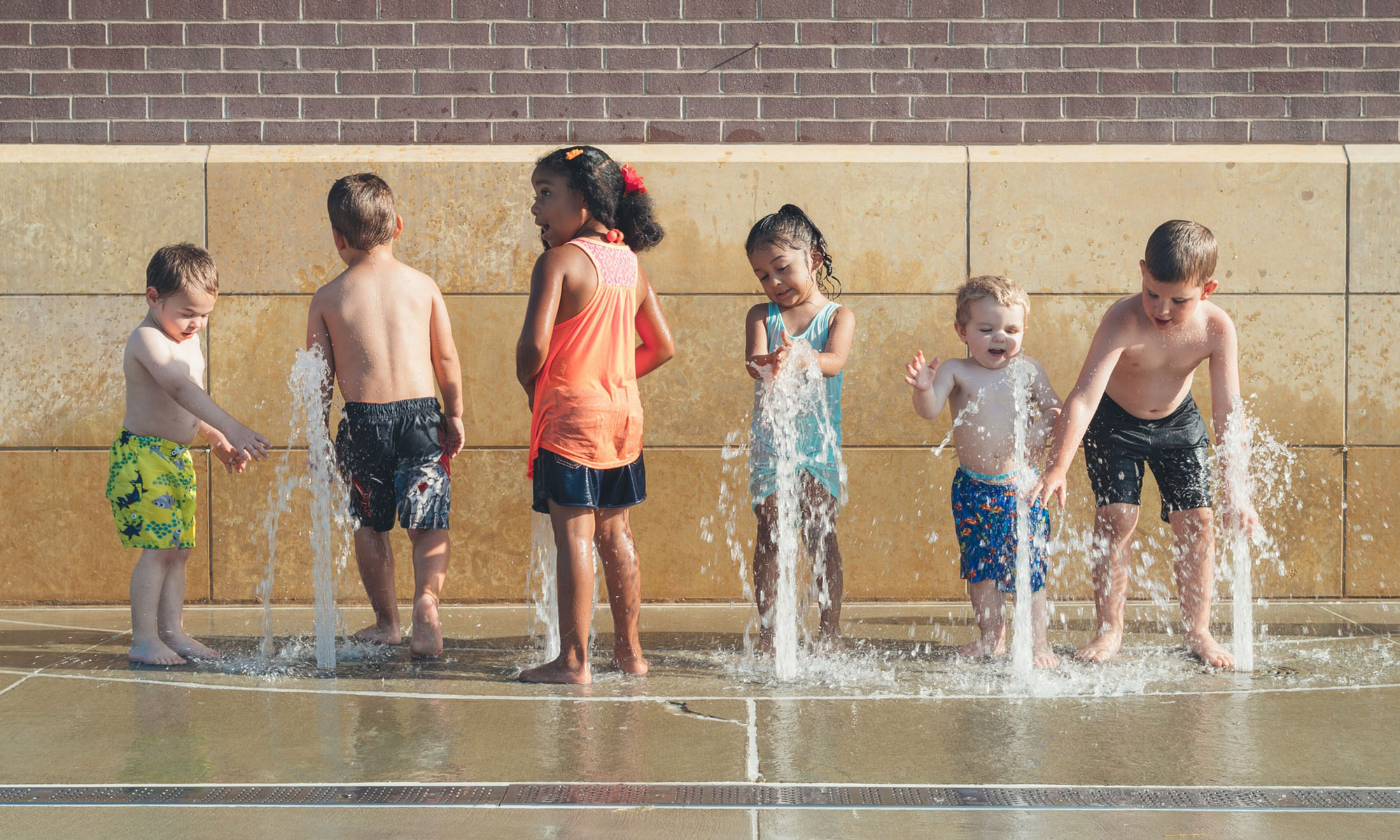If the Corona virus epidemic has taught us anything, it probably is the value of friends and family in negotiating our way through difficult periods. Talking to friends and catching up on Zoom allow us to share how we feel in our dark moments. Friendships empower us to face reality and to realize that we are still ok and sane!
Even though we can strengthen our existing friendships remotely, it is generally more difficult to develop new friendships online. Existing friendships are what we capitalize on in difficult times.
This Cornavirus time is, therefore, another wake-up call for us to seriously reflect on how to assist students with special needs to develop friendships. I was struck by a recent posting by a mother of a child with special needs. It vividly describes the plight of a boy who does not have friends. She wrote:
I’ve been doing this for 19 years, so I’m used to it. But really, no, not doing okay. I’m so depressed and sad for him. He is lonely and anxious and doesn’t understand why people don’t want to be with him. He’s lovable but they can only take him in doses. His sadness turns to rage, on me mostly. And I stand there with my invisible shield on and I take it. Because no one else can or will take it from him. I’m going to be there for him no matter what. And right now, during this…pandemic, I have to be here for him 24/7. Because he has nothing to do and because he’s so full of anxiety. It’s really hard.
This mother’s cry for help is not uncommon, and it requires our attention. The posting highlights the boy’s isolation and lack of friendships. It also describes the parent’s desperation within this context. While some parents of typical students could probably identify with this mother, the extent of the challenges are different when you have a child with a significant disability.
Awareness of Social–Emotional Development
 During the past years educators have become more aware of the importance of social–emotional well-being of students. We have become more oriented to the development of friendships between students with disabilities, but also between students with disabilities and their typical peers. Various programs aimed at enhancing friendships in students with disabilities are also available. The ARC in Massachusetts, for example, developed a Toolkit for Teachers, Paraprofessionals and Parents on how to enhance friendships between students with and without disabilities at school. Similarly, websites like the Essential Kids Website targets friendships for younger students. Core pointers that arise from these programs include the need for children to:
During the past years educators have become more aware of the importance of social–emotional well-being of students. We have become more oriented to the development of friendships between students with disabilities, but also between students with disabilities and their typical peers. Various programs aimed at enhancing friendships in students with disabilities are also available. The ARC in Massachusetts, for example, developed a Toolkit for Teachers, Paraprofessionals and Parents on how to enhance friendships between students with and without disabilities at school. Similarly, websites like the Essential Kids Website targets friendships for younger students. Core pointers that arise from these programs include the need for children to:
- Spend time together by engaging in activities that are of joint interest.
- Ensure that these interactions happen with some frequency.
- Experience different types of friendships which involve children with different ages and abilities in different living contexts, e.g., school, park, library, home.
- Enhance students’ awareness of self and others by highlighting mutual understanding and empathy (See Toolkit for Teachers, Paraprofessionals and Parents, page 7, “Table 1: The Most Common Components of Friendship”).
How Can We Enhance the Development of Friendships in the Classroom?
Perhaps the most important take-home message here is the need to carefully balance IEP goals to ensure that they include goals that foster the development of friendships, including those related to participation as well as student engagement.
A. Goals focused on participation
These goals could include:
- How long the students participated with each other in an activity
- Type of activity
- Frequency of turntaking in the interaction and the amount of prompting needed for the students to participate
Although measurements of peer interaction and participation are necessary, it is not sufficient for the developent of friendsips. We need to pay close attention to the level of affection and mutual awareness between peers. Therefore, the more essential measurements would include those relating to engagement in interaction.
B. Goals focused on engagement in interactions
- How much enjoyment did the students derive from the interaction?
- How much attention students directed at each other?
- Was there any any expression of affection or affirmation towards the other?
- Was there any attempt by the student to engage in less scripted or novel ways of interacting by, for example, making a funny movement or noise to attract attention in the interaction?
The Delicate Threads of Friendship
The development of friendships between children is described as “Delicate Threads” by author Debbie Staub. This approach emphasizes the delicate process of mutual understanding that develops between children, which can be severed by reducing the process to an exchange of routine expressions. The following account by a mother illustrates this point:
I remember asking Jonathan in elementary school, “Don’t you want to have friends?” His response was simply, “No.” He then elaborated, “No, thank you, Mommy. I don’t want friends. I really don’t need them. It’s way too hard to have friends!” I asked him why. “I have to say hello, and then I have to say my name, and then I have to tell her something about me and then I have to listen to something about her, and then I have to take turns talking. I get to talk for five minutes, and then she gets to talk for five minutes. It’s too hard. Besides, why do I even need friends? I have you, and Aunt Mary and Emma!” I realized through this how challenging and how daunting it is for friendships to “just happen.”
We can all identify with the artificiality of “imposed” interactions in our lives; and clearly our students do experience these interactions in the same way. The art, therefore, is to infuse ideas without imposing strategies by turning peer interactions into instruction-oriented events. At the basis of any friendship lies the need to want to be together. Children’s level of enjoyment in being together becomes the primary outcome measurement. The more pre-determined goals we impose in the play interaction, the more likely it is that the students will not feel free to engage with each other in an authentic way.
Some pointers to promote indirect guidance in peer interactions include:
- Gradual withdrawal of adult presence by ensuring that the focus is on the children and their own way of interacting with each other.
- Observing first, thereafter to infuse ideas to enhance interactions. Enjoyment and engagement in the interaction is paramount, not the frequency of strategies used by the children.
- Making video or audio recordings of peer interactions to enhance our understanding of how to develop less intrusive ways to support peer interactions.
- Documenting children’s responses to our suggestions and guidance.
- Considering ways to enhance interactions by, for example, introducing the same material in a slightly different way to encourage authenticity in interaction and play.
- Encourage collaboration between parents, teachers and therapists to promote peer interactions beyond the school context.
Any comments or ideas? Feel free to contact me if you need some support in prioritizing friendship-development.


